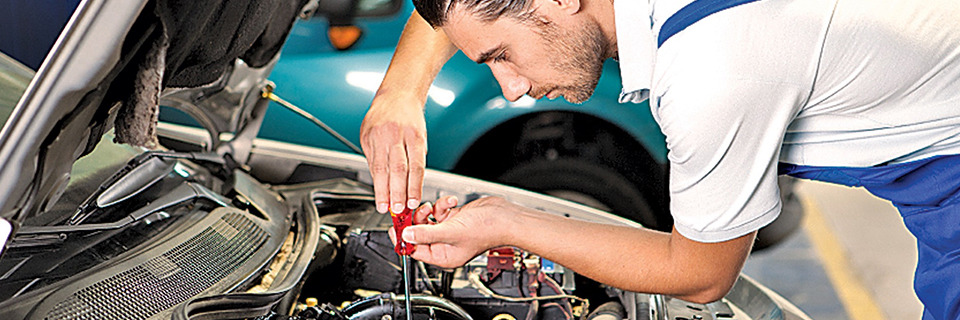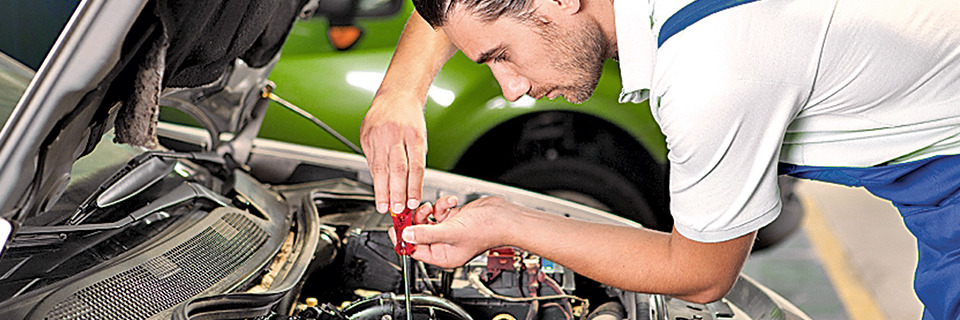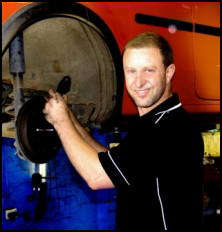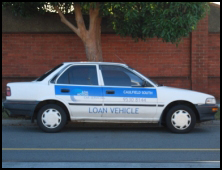Bush Welding 101
THE SITUATION
Years ago, I was competing in a Nav Run, which is a competition here in Vic where you’re timed to navigate to certain places and answer questions. We were shooting down a track and came across a Jeep that had broken a wheel hub completely off the vehicle. It must have been a crazy breakdown as the scrape marks down the track went for about 50m. These guys weren’t going anywhere fast. They had to get a friend to come and pick them up with a tandem trailer and spend the whole night on the side of the track.
I remember looking at the Jeep and thinking if only I had a welder out there we could have got him to limp it back to camp. I never really gave it much thought after that until we had a shock absorber eyelet come apart while out on a recent trip. On a bigger trip we usually carry a spare front and rear shock, but on our regular trips we don’t because we’re closer to home. Anyway Brett’s shock came apart and he was resigned to the fact that he was leaving the trip a few days early and had to limp back home. We were determined to do everything we could for Brett to not have to go home early and we tried to weld the top of the shock to hold it together.
After using jumper leads to run three batteries in series, taping three sets of sunglasses together, holding a set of jumper leads, and using a tent peg as a welding rod, we were resigned to the fact that it just wasn’t going to work. We gave it everything we could, but in the morning Brett unfortunately had that slow drive of shame back home and left us all feeling a little defeated. Shortly after, we all realised that without him we could all have so much more fun! (Haha, bugger you Brett! -ED)
THE SOLUTION
MATERIALS: Bush welding can be done successfully, but you need to be prepared. You can purchase an emergency welding kit but carrying a few welding rods, a set of gloves, a mask and a couple sets of jumper leads will usually be enough to keep you out of trouble. PREPARATION: Before you attempt to weld anything on the 4WD, disconnect its battery. Welding while the battery is connected could cause a spike through the vehicle that could cause damage your electrical systems. Heavy welding may also flatten the battery and leave you without enough power to start your rig. Have another 4WD nearby in case a jump start is necessary. Ideally, you’ll need two batteries joined together in series, which means the batteries will be joined together by the positive of the first battery to the negative of the second battery with one lead. This will bump up the voltage to 24V. The other set of jumper leads will need to be connected to the positive and the negative terminals that are not joining the batteries together. The positive of the jumper leads will need to be connected to the part that you are going to weld and the welding rod will need to be held by the negative jumper lead.
METHOD: Arc welding can be a little tricky as you need to strike up an arc and then get it to flow: so, to begin with, it could take a few strikes before you get the welding under way. It’s definitely a case of practice makes perfect and having strong and fully-charged batteries. Once you have laid a weld, arc welding will leave a skin on the weld. That will need to be tapped off or scrubbed off and then it will expose your actual weld, allowing you to check its penetration. If needed, you can go over the weldagain and try to make it stronger. When arc welding, you try to pull the weld towards you as you are underway. Moving slowly across the metal will always give you better penetration.
RESULT: Using batteries and a system like this, it’s possible to get a really nice and strong weld which will get you home. Like everything though, these kinds of fixes and repairs are for emergency situations to literally get you home and driving habits will need to be changed and taken into consideration. Slowing down when driving to the limited capability of the vehicle is essential depending on what it is that was repaired. Common sense will need to be used. From now on, we’ll be adding a few welding rods to our bag of tricks and spares, but this is one type of repair that I hope we never need to do again.





